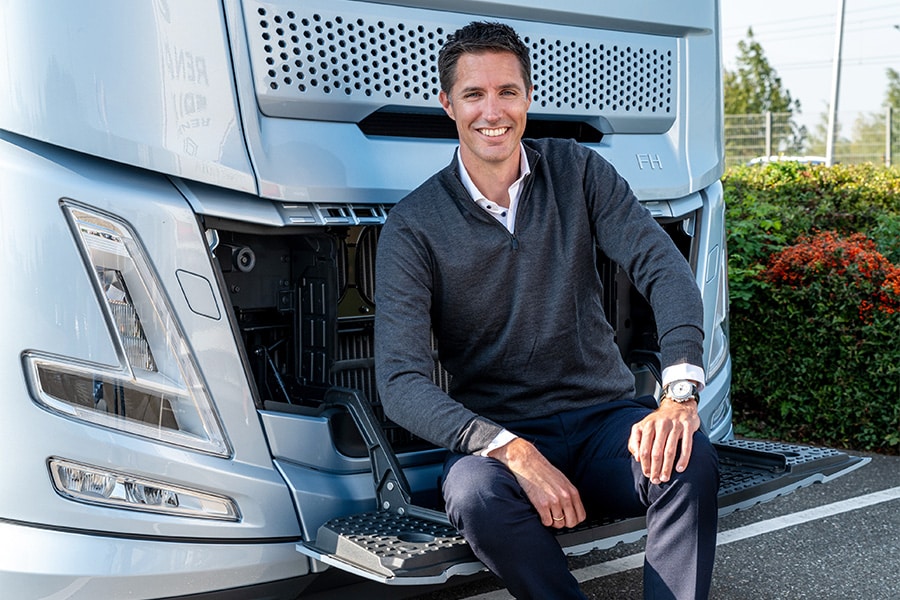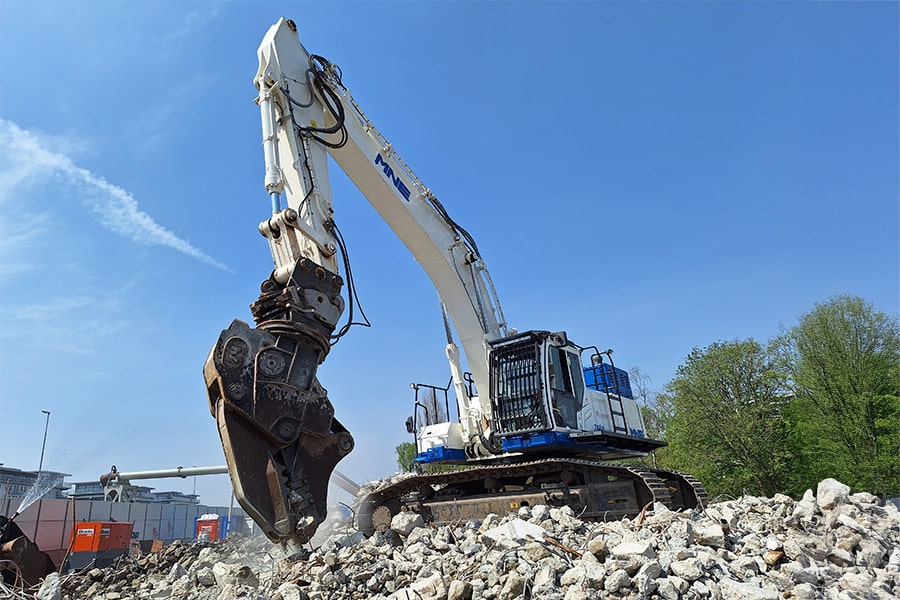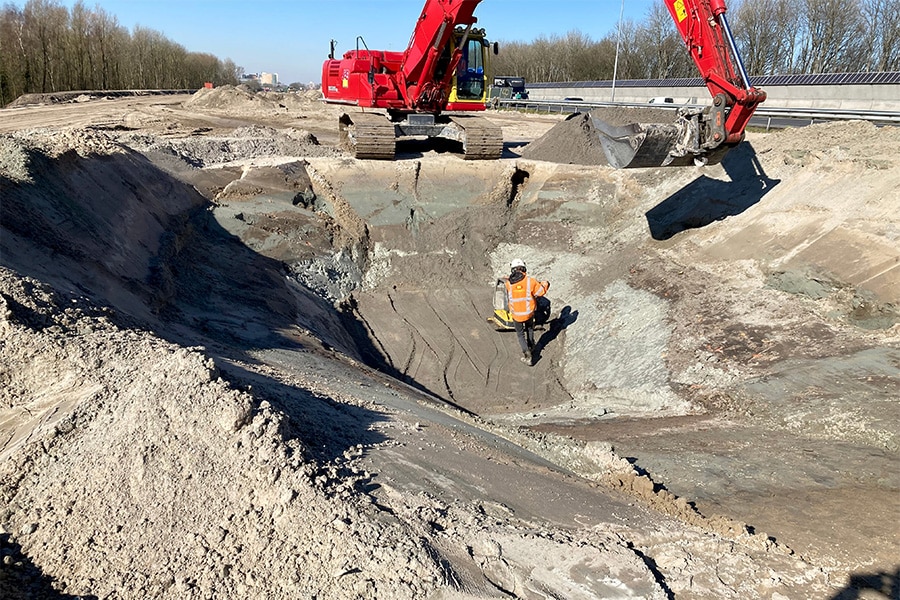
'Construction sector plays leading role in transition'
What an exciting industry it is, construction. With a father who was a contractor, my particular interest in construction vehicles began early on. Over the years, I have seen the need for - often complex - ex-factory solutions for a variety of applications grow. Following the introduction of the FMX some 14 years ago, Volvo Trucks has grown in the construction segment, where customization is the norm and specials ensure flexible deployment. This has resulted in a market leadership position, thanks to the trust from the construction industry in the Netherlands. When series production of e-trucks was started in 2019, we thought we would primarily serve the distribution market and retailers with it. Surprisingly, the first requests came from the construction segment. And once that ball started rolling, the orders followed in rapid succession.
More and more possible
The ever dynamic construction world then emerged as true pioneers, with the courage to invest and the will to look at what is possible. When no rigids were available to be used as tippers for soil or asphalt, they simply ordered an electrically powered tractor and trailer. Later, other axle configurations were added and the choice in terms of OEM solutions expanded. Take, for example, the emission-free 8×4 trucks and bodies with truck-mounted cranes, which are very interesting for the construction industry. Developments in the market do not stand still and, based on feedback from the market, more and more is possible.
Thus, more or less prompted by the tenders from the Department of Public Works to build emission-free, the construction sector has been playing a leading role in the transition to zero-emission for more than two years. Subsidies and the certainty of a framework agreement with the client as a financial safety net have certainly helped. There are even entrepreneurs who have already bought their last diesel truck. Emission-free transport is becoming increasingly important. Just look at the demand for CO2 reports and the introduction of environmental and zero-emission zones. At least, if the government doesn't suddenly change course. In this respect, the transportation sector definitely benefits from a reliable government that does not gradually change the rules, creating an unfair playing field for those who invest in electric trucks.
Taking precedence
At the same time, electric driving is not currently the best option in all cases. Consider, for example, heavy transport with combinations with a total weight well above the regular maximum 50 tons. In those cases, HVO diesel, for example, is increasingly being chosen. In the longer term, the hydrogen combustion engine may offer a solution, although it is expected that battery-electric will continue to dominate. There are already nearly 5,000 electrically powered Volvo trucks around the world, so it can be done. In doing so, it is important to determine the right battery capacity. A range of hundreds of kilometers is not always necessary in the construction industry. In that case, it is better to leave out the weight of an extra battery pack for more payload.
In line with this, we notice a need for a higher maximum allowed GCW for electric trucks. We also see surprising and valuable collaborations getting off the ground in the energy transition. For example, contractors and hauliers are seeking each other out to creatively set up loading bays at locations where projects are underway or at vacant properties near the company. We are not there yet, but nice steps are being taken. We will have to shape the road to zero emissions together. As I said, it is an exciting sector.
The Pen - Roeland Ruygt – new Managing Director, Volvo Trucks Netherlands



